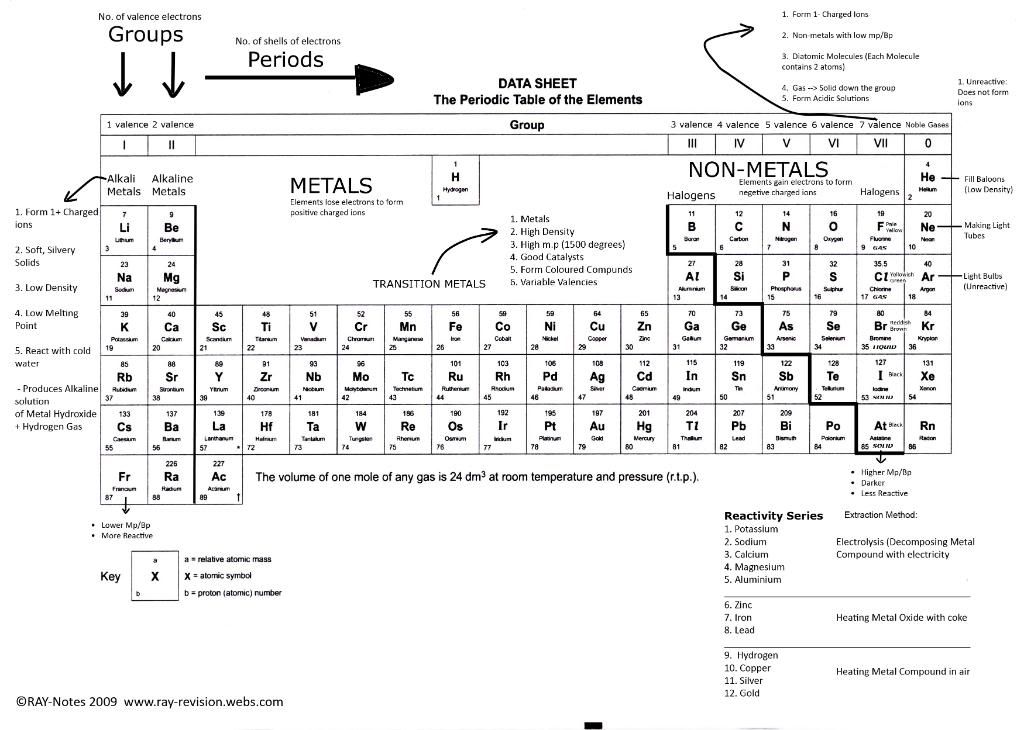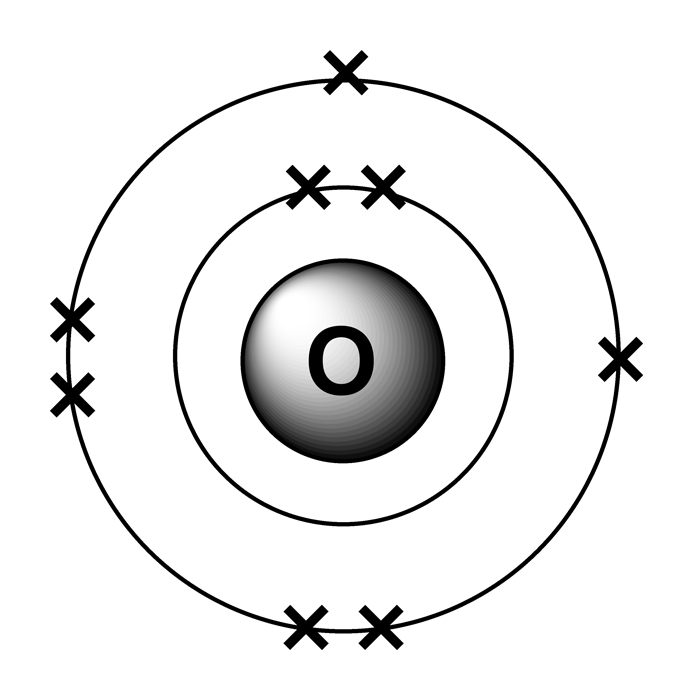Physical Change- changes in the physical state but the substance remains chemically the same and it is often easy to reverse like the changes in physical states of water (H2O remains H2O !)
Chemical Change- In this change there is a change in the chemical formula of the substance. So new substances are formed, difficult to reverse.
Exothermic reaction- Energy is given out (fall in temperature of substance)
Endothermic reaction- Energy is taken in (rise in temperature of substance)
Total mass of reactants=Total mass of products always in a reaction
Alkali metal+water à Metal hydroxide+hydrogen
2Na+2H2O à 2NaOH + H2
2H2 + O2 --> 2H2O is an highly exothermic reaction. This is an important reaction and this reaction is even used to power rockets!
Types of Reaction
- Synthesis reaction- Where 2 or more substances react together to form just one product.
2Mg + O2 --> 2MgO The burning of magnesium for example is a synthesis reaction.
Synthesis reactions usually need heat to start the reaction but are exothermic reactions.
Photosynthesis however is an endothermic reaction. It is a photochemical reactions meaning that it's rate of reaction is affected by the light. More light means more photosynthesis. The green pigment chlorophyll is needed for this reaction as well to trap the sunlight form the Sun.
6CO2 +6H2O à C6H12O6
+6O2
- Decomposition- When one reactant breaks down to give two or more simpler products.
HgO à
Hg + O2 is an example of a decomposition reaction.
Thermal decomposition is the decomposition caused by heat.
CaCO3 à
CaO + CO2 is bought by heating limestone (CaCO3 ) is
thermal decomposition
Decomposition can also occur due to light energy.
2AgCl -->2Ag + Cl2 is an example. This reaction is the base of photography.
AgCl is white and Ag is grey ( Ag is sliver!)
- Neutralisation- a chemical reaction between an acid and base to produce a salt and water only.
HCl + NaOH à NaCl + H2O
- Precipitation- sudden formation of of a solid by mixing two solutions or by bubbling a gas in a solution
CO2+ Ca(OH)2 --> CaCO3(S)+ H2O
(limewater test)
This reaction is used to produce insoluble salts and in analytic tests of ions.
Pb(NO3)2 + 2KI -->PbI2(S)+ 2KNO3
(formation of lead (II) iodide
which is yellow in colour, used to identify presence of iodide ions)
- Displacement reactions- It occurs because a more reactive element will displace less reactive one from a solution of one of its compounds.
Zn+CuSO4 -->ZnSO4
+Cu (colour changes from blue to colourless, since Copper sulphate is blue) Zinc is
more reactive than copper therefore displaces it form copper sulphate solution.
Mg+2HCl-->MgCl2 +H2 (Magnesium is more reactive than hydrogen)
2K+2H20-->2KOH+H2
(Some metals are so reactive that they displace hydrogen from water)
Cl2+2KI-->2KCL
+I2 (Chlorine more reactive
than iodine, displacement!) The colour changes from colourless to brown because
of the formation of iodine.
- Combustion- Involves reaction with oxygen and releases energy, exothermic.
CH4+2O2--> CO2 + 2H2O is combustion of methane (natural gas) which
is used as a fuel.
Respiration- C6H12O6 + 6O2 -->6CO2 + 6H2O
- Oxidation- Gain of oxygen atom-loss of electrons-increase in oxidation number.
- Reduction- Loss of oxygen atom- gain of electrons- decrease in oxidation number.
- Reducing agent- A substance that undergoes oxidation to help other substance to go under reduction (by providing oxygen/electrons by oxidising)
- Oxidising agent-A substance that undergoes reduction to help other substance to go under oxidation (by taking away oxygen/electrons by reduction).
- Important reaction- 2Cu + O2 --> 2CuO- colour changes from pink (copper) to black (copper (II) oxide)
- Tests for oxidising agents- adding potassium iodide KI, which is colourless turns to brown, which is the colour of iodine which forms if an oxidising agent is present- oxidises iodide ion I- to Iodine I2.
- Tests for reducing agents- adding potassium magnate (VII) which is purple turns colourless if there is a reducing agent is present.


.JPG)










 Evaporation
Evaporation


